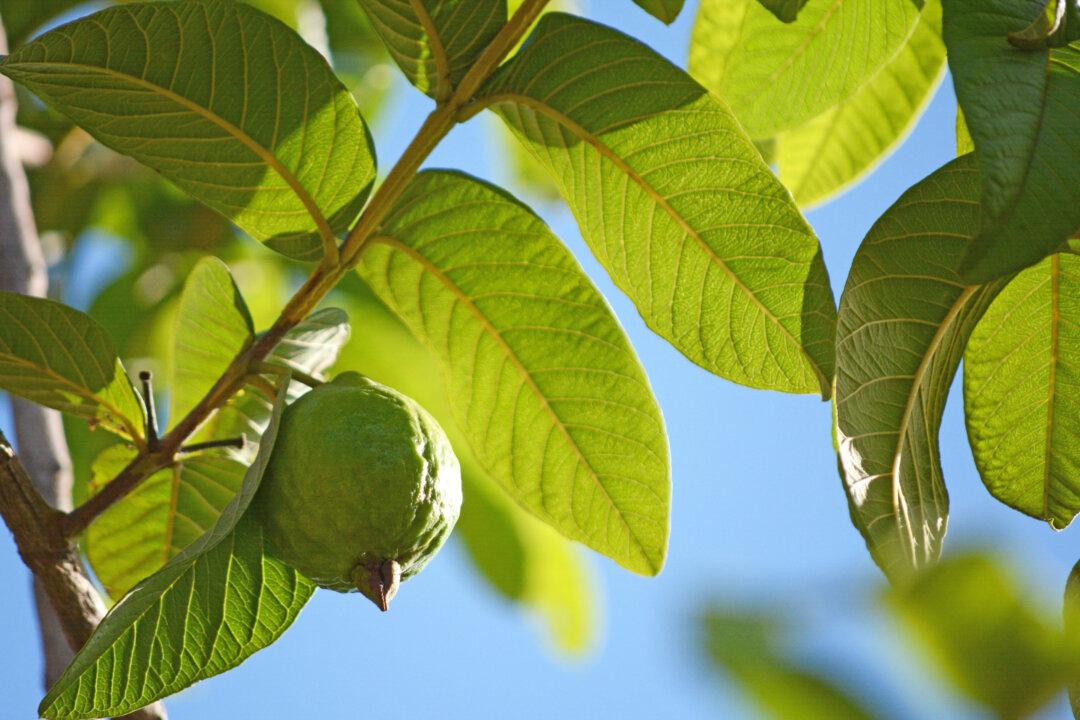Flavonoids are one of nature’s many therapeutic gifts. Widely found in fruits and vegetables, these phenolic substances have antioxidant properties that protect cells from free radical damage. One of the most well-known and studied flavonoids is quercetin, a flavonol mostly found in onions, berries, citrus fruits, broccoli, and grapes.
A potent antioxidant, quercetin boasts anti-inflammatory, anti-hypertensive, antiobesity, and anti-atherosclerotic actions. Since free radicals figure into the development of diseases, quercetin holds promise for benefitting conditions such as high blood pressure, vascular disorders, and metabolic syndrome, notes an overview published in Pharmacognosy Reviews in 2016. Here is compelling evidence of the health benefits of quercetin.





